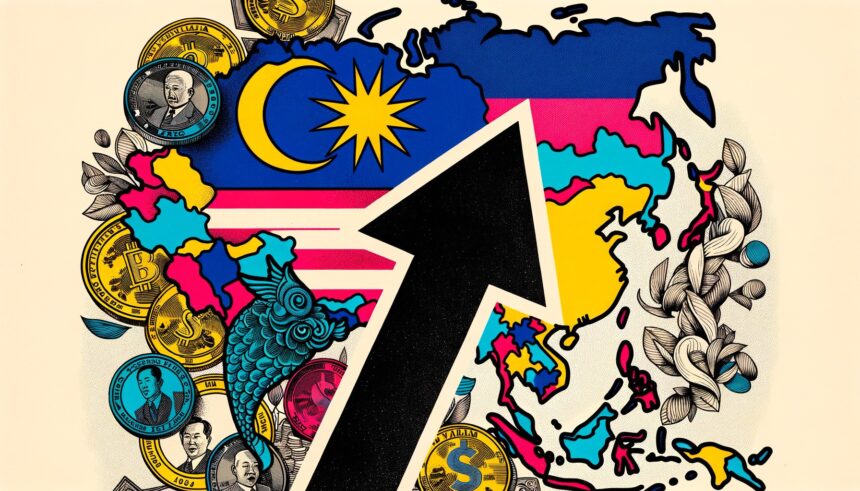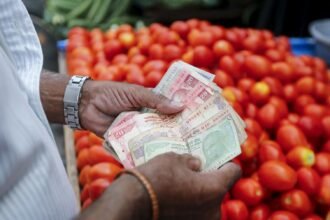What’s going on here?
The Malaysian ringgit hit a one-year high, trading at 4.545 per dollar, reflecting robust performance in emerging Asian currencies.
What does this mean?
The ringgit’s rise aligns with gains in other emerging Asian currencies like the Thai baht, Taiwanese dollar, and South Korean won, which saw increases of up to 0.5%. This trend points to Malaysia’s political stability and a global supply chain shift away from China. Market optimism grew with the Federal Reserve holding interest rates steady and hinting at potential rate cuts in September. Maybank’s Chief FX Strategist noted that the ringgit had been undervalued, suggesting its recent rally is a catch-up.
Why should I care?
For markets: Emerging currencies in the spotlight.
The MSCI International Emerging Markets Currency Index rose by 0.3%, showing growing confidence in these currencies. With low inflation rates in Asia, central banks in countries like the Philippines, South Korea, India, and Taiwan are expected to ease policies. Capital Economics forecasts rate cuts between 50 and 200 basis points from now until the end of next year. Investors are closely watching South Korea’s inflation data due Friday and easing price pressures in Indonesia.
The bigger picture: A new era for Asian markets.
Taiwan’s stock market surged by 2%, driven by the AI boom and a 3.8% rise in Taiwan Semiconductor Manufacturing shares. Other Asian markets in Bangkok, Manila, Seoul, and Jakarta saw gains between 0.5% and 0.8%. Meanwhile, Indonesia’s 10-year bond yield fell to 6.865%, and the Bank of Korea announced closer monitoring of financial markets. Still, challenges loom for Chinese factories as PMI surveys suggest a tough summer ahead.




















